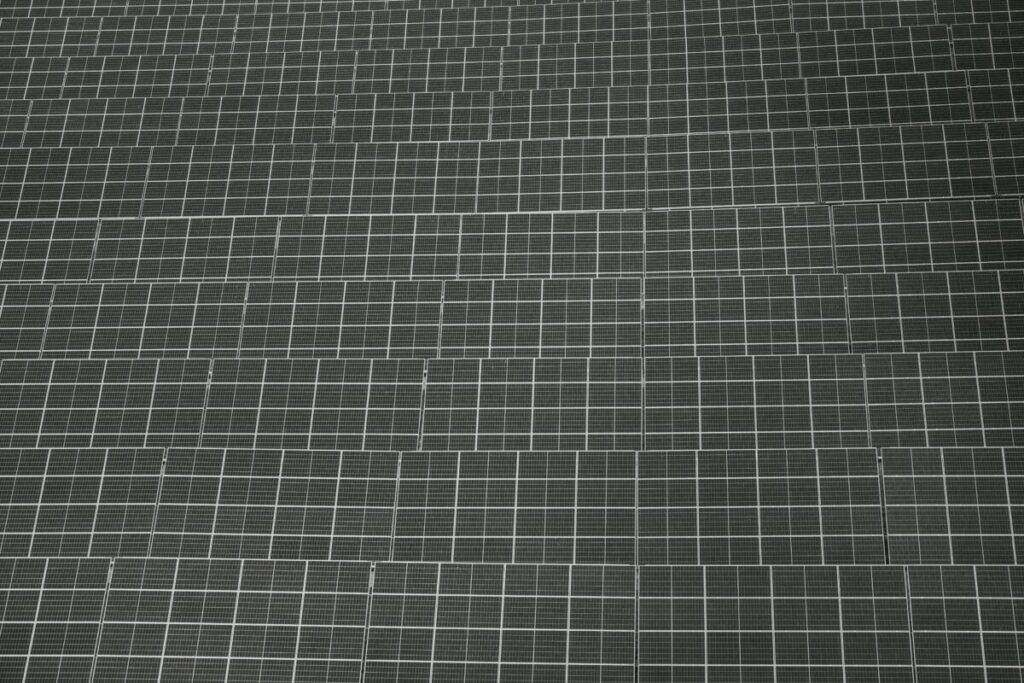Renewable energy sources remain cost-competitive in the United States, despite the rising capacity of natural gas, according to the report of Lazard, 2025 “Livalized Cost of Energy+”, that combined cycle gas darling at $ 0.048/kWh up to $ 0.107/kWh, Solar op $ and kwar and kwar on $ and kwar and kwar on $ and kwar and kwar on $ 0.038 and kwar on $ 0.038 and kwar on $ 0.038 and kwar on $ 0.038 and kwar on $ 0.038 and kwar on $ 0.038 and kwar on $ 0.038 and kwar kwar and kwar kwar and kwar kwar and kwar kwar and kwar kwar and kwar kwar and kwar kwar and kwar kwar on $ 0.038 and kwar kwar and kwar and kwar kwar and kw at $ 0.141/kWh.
Solar and wind remain the most competing sources of electricity on a non -subsidized basis in the United States, despite persistent low natural gas prices, according to a new report By the financial enterprise Lazard based in the US.
The report offers a comparative analysis of the Livalized Cost of Energy (LCOE) for different generation technologies based on $/MWH, excluding American federal tax subsidies, fuel prices, carbon prices and capital costs.
In a basic comparison, solar scale on solar energy and wind have the lowest LCOe of all sources. Utility-Scal Zonne-Zonne energy varies from $ 0.038/kWh to $ 0.217/kWh, while onshore wind registers the lowest possible LCOe over the narrowest range, from $ 0.037/kWh to $ 0.086/kWh. Offshore Wind’s LCOE varies between $ 72/MWH and $ 140/MWH.
For comparison, under the same criteria the peak of gas $ 0.149/kWh up to $ 0.251/kWh, nuclear is $ 0.141/kWh up to $ 0.220/kWh, coal is $ 0.071/kWh up to $ 0.173/kWh up to $ $ 0.109/kWh, according to Lazard.
Compared to 2024, the LCOe of the solar scale on Utility scale fell by 4%, while that of onshore and offshore wind increased by 55%and 23%respectively. Nuclear energy saw its LCO fall by 1%and combined cyclegas rose by 3%.
“Despite the fact that they are confronted with macro challenges and headwind, Utility-Scale Solar and Onshore-Wind remain the most cost-effective forms of new-build energy generation on a non-subsidized basis,” the report said. “As such, renewable energy will continue to play a key role in the construction of new electricity generation in the US as the lowest and fastest-to-depline generation.”
The analysts also reported that the Livalized Storage costs (LCOs) decreased considerably compared to last year for both in-the-with-with-with-with-meter applications.
The LCOs for a 100 MW battery on Utility scale with two hours of storage are estimated at between $ 0.081/kWh and $ 0.174/kWh, while that of an identical facility with four hours of storage is between $ 0.145/kWh and $ 0.319/kWh.
“This year’s report shows sharp falls for storage systems for battery energy in hybrid and independent storage projects,” Lazard said. “Important factors of such results include both market dynamics such as lower than expected demand for electric vehicles and the resulting oversupply of cells and technological progress such as increased cell capacity and energy density.”
This content is protected by copyright and may not be reused. If you want to work with us and reuse part of our content, please contact: editors@pv-magazine.com.

